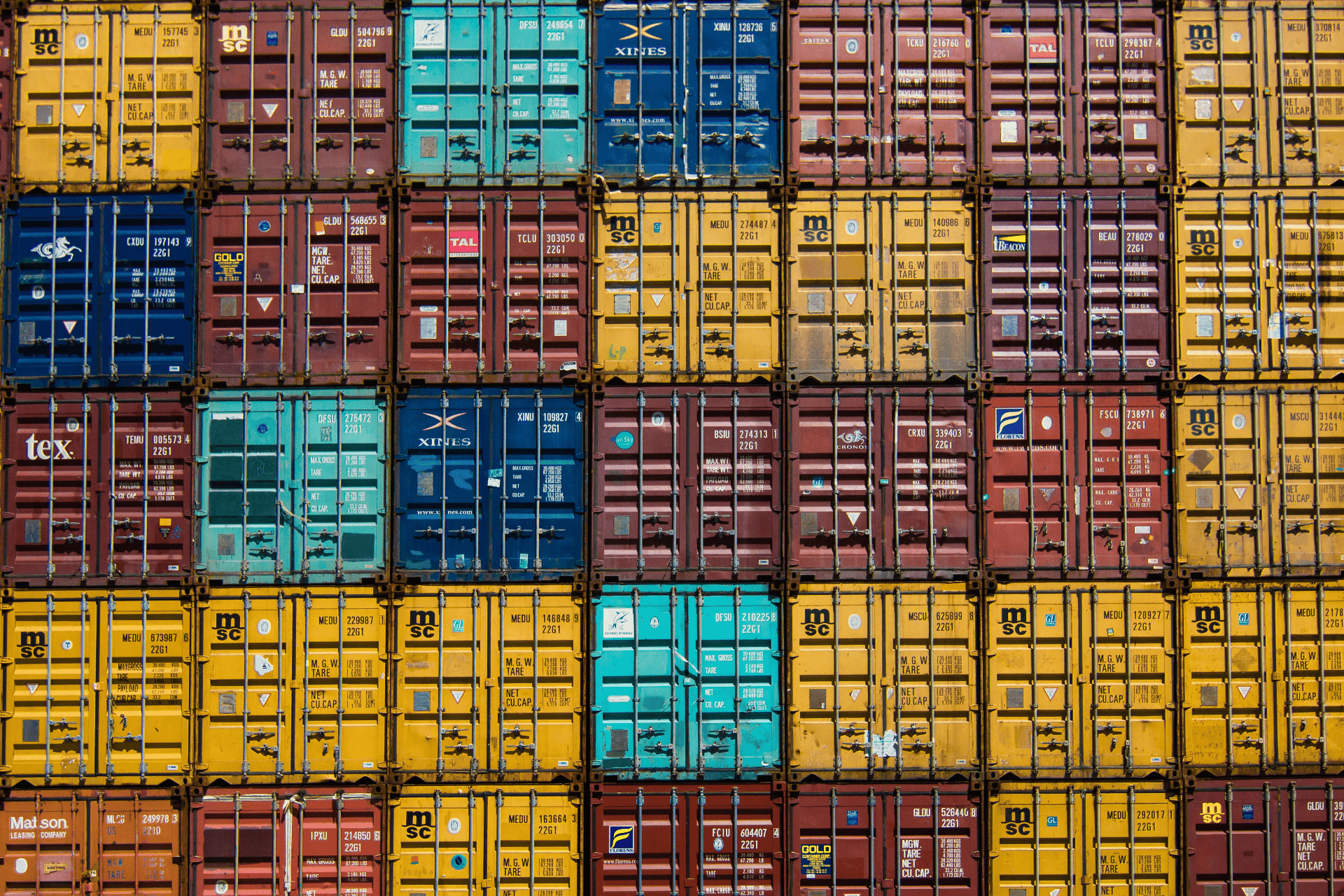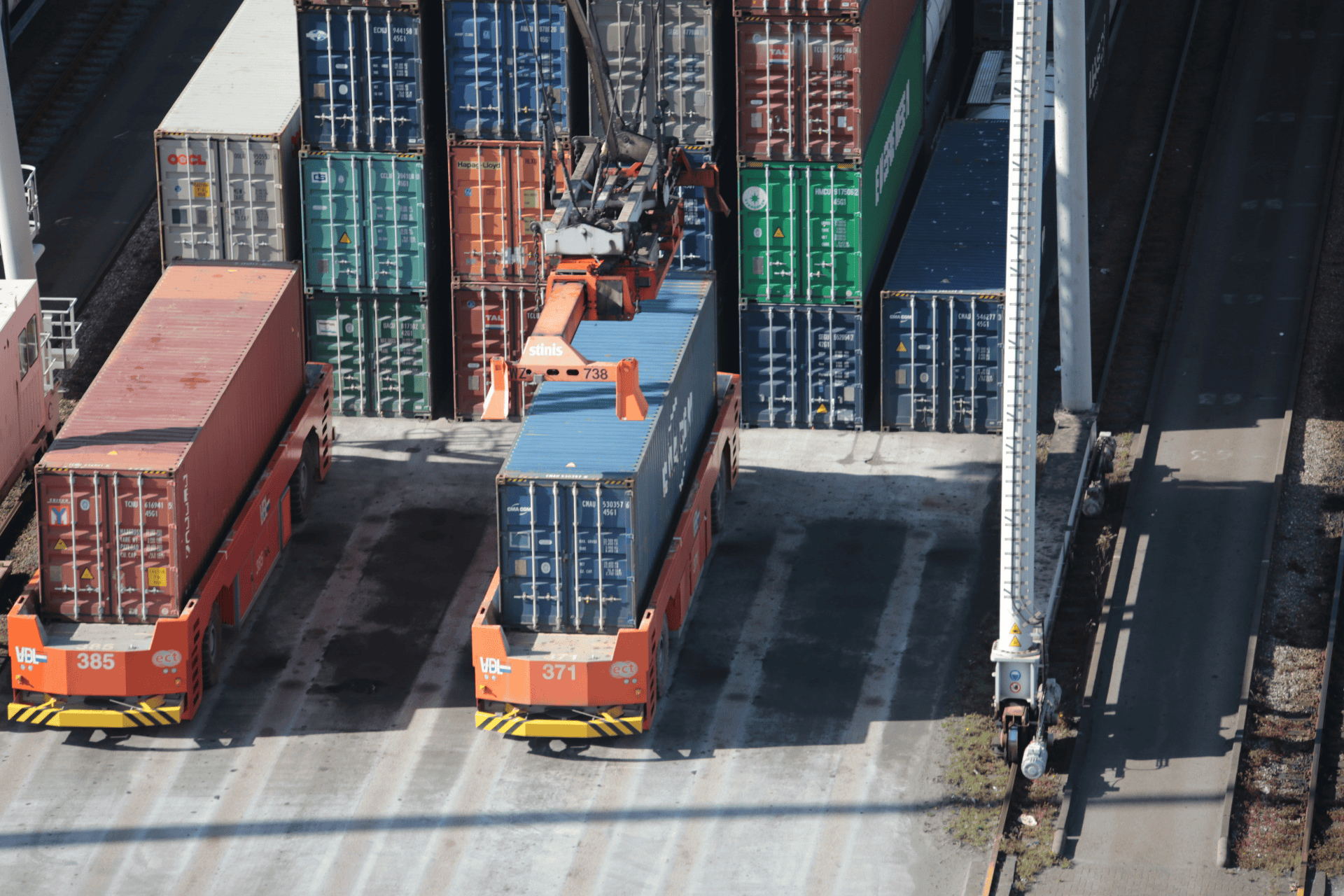The rise of cross-border e-commerce presents a wealth of opportunities for exporters willing to embrace innovation and adaptability. By understanding the nuances of international markets, optimizing logistics, and prioritizing compliance and customer experience, exporters can position themselves for success in the global marketplace.
In today's interconnected world, the landscape of international trade has undergone a significant transformation. The rise of cross-border e-commerce has revolutionized the way businesses engage in global commerce, presenting both opportunities and challenges for exporters. As borders blur in the digital realm, exporters need to stay informed and adaptable to thrive in this dynamic environment.
Understanding the Shift
Cross-border e-commerce refers to online transactions conducted between businesses and consumers (B2C), or between businesses (B2B), across different countries. This burgeoning trend has been fueled by technological advancements, changing consumer behaviors, and the increasing accessibility of online platforms.
Opportunities Abound
For exporters, cross-border e-commerce opens up a world of opportunities. It provides access to a larger customer base, allowing businesses to reach consumers in distant markets without the need for physical presence or extensive logistical infrastructure. Moreover, it facilitates market diversification, reducing dependence on domestic markets and mitigating risks associated with economic fluctuations or geopolitical tensions.
Overcoming Challenges
However, navigating the complexities of cross-border e-commerce requires careful consideration and strategic planning. One of the primary challenges exporters face is localization. Adapting to the cultural, linguistic, and regulatory nuances of foreign markets is essential for building trust and relevance among international consumers.
Logistics also pose a significant hurdle. Efficient shipping and delivery processes are crucial for ensuring customer satisfaction and maintaining competitive advantage. Exporters must optimize their supply chain operations to minimize shipping times, costs, and potential customs delays.
Furthermore, navigating the legal and regulatory landscape of cross-border trade demands meticulous attention. Compliance with international trade laws, tax regulations, and data protection policies is paramount to avoid penalties and safeguard business reputation.
Key Considerations for Exporters
To capitalize on the opportunities presented by cross-border e-commerce while mitigating risks, exporters should prioritize the following:
- Market Research: Conduct comprehensive market research to identify target markets with high demand potential and favorable regulatory environments.
- Localization: Tailor marketing strategies, product offerings, and customer service to resonate with the cultural preferences and expectations of target audiences.
- Logistics Optimization: Partner with reliable logistics providers to streamline shipping and fulfillment processes, ensuring timely delivery and cost-effectiveness.
- Compliance Management: Stay abreast of international trade regulations and compliance requirements, seeking legal counsel if necessary to ensure adherence.
- Customer Experience: Prioritize customer experience by providing transparent pricing, efficient support services, and hassle-free return policies to foster trust and loyalty.
Embracing the Future
As cross-border e-commerce continues to evolve, exporters must remain agile and forward-thinking. Embracing emerging technologies such as artificial intelligence, blockchain, and augmented reality can further enhance operational efficiency, enhance cybersecurity measures, and elevate the overall customer experience.
#CrossBorderEcommerce #Exporters #GlobalTrade #EcommerceTrends #InternationalBusiness #LogisticsOptimization #MarketExpansion #ComplianceManagement #CustomerExperience #DigitalTransformation
Related Information



















































